Description
Polypropylene glycol is a chemical compound of the alcohol family, which is one of the most widely used industrial materials, covering a wide range of large and small industries such as pharmaceuticals, cosmetics, food, and rubber. This polymer is designed and produced in different molecular weights, molecular weights from 200, 400, 1000, and 2000 are the most widely used grades of this synthetic polymer. This material is used as a diffusion agent in polymerization processes, as a lubricant or additive of synthetic oils, and in the production and processing of polymers, especially in the rubber production industry and rubber parts’ production process internal lubricant or external lubricant. Shanghai Chemex is one of the most reputable suppliers of this chemical in the world; In the following, we will learn more about polypropylene glycol and the properties and applications of this high-consumption material.
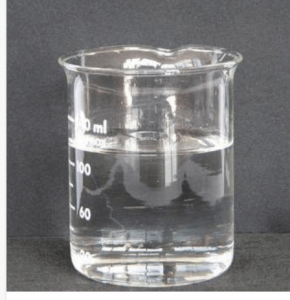
Physical and Chemical Properties:
Polypropylene glycol is colorless and odorless and has a sweet taste. Chemically, this substance belongs to the group of diols and can be mixed with a high range of solvents such as water, acetone, and chloroform. Glycols are generally volatile and have low toxicity, they are not corrosive; In general, the most important physical and chemical properties can be summarized in the following table:
| Name | Polypropylene glycol (PPG) |
| Chemical formula | H[OC3H6]nOH |
| Appearance | Liquid |
| Density (g/mL) | 1.0000 |
| Melting point (°C) | <-150 |
| Boiling point (°C) | 287.6 |
| Solubility in water | Insoluble in water |
| Chemical Structure Depiction | 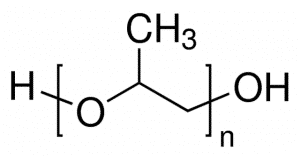 |
Synthesis and Production PPG:
In general, the production process of polypropylene glycol is done through the process of the ring-opening polymerization process and specifically by PG monomer or by mono propylene oxide. Different catalysts are used in this process, But the most common catalyst for the production process of this polymer is specifically potassium hydroxide.

Potassium hydroxide (KOH) acts as an initiator at the beginning of the polymerization process. As mentioned, this polymer can be synthesized in different molecular weights (from 200 to 2000) using primers such as ethylene glycol or water, PPG can be synthesized without side branches in a linear structure, and using primers such as sorbitol or glycerin, we can synthesize the final product with the number of controllable side branches.
Polypropylene Glycol Uses:
As mentioned, the uses of this polymer are many, different industries use this product;
- PPG has a low melting point and therefore is used as a cooling agent. Antifreeze based on PG polyol is a very useful and high-performance antifreeze for all types of cars and vehicles.
- Polypropylene glycol is a polyol suitable for the production of polyurethane resins.
- These polyols can form different grades of polyurethanes in response to various isocyanates such as TDI and MDI and in the presence of suitable catalysts, which are often metallic organic.

- In the rubber industry, various factors such as internal and external lubricants are used. By interacting with rubber raw materials, PPG can act as a very effective emollient in a certain amount.
- PPG is also used to absorb excess water and retain moisture in some medicines, cosmetics, or food products, and is a solvent for food colors and flavors, and the paint and plastic industries.
Buy Polypropylene Glycol:
You can contact our experts in Shanghai Chemex to buy genuine and quality Polypropylene glycol at the best price.
Safety Information:
Failure to observe safety measures such as the use of gloves, goggles, and special clothing can have negative effects on human health. Avoid swallowing and inhaling the vapors of this polymer, and if you inhale a large amount of polypropylene glycol vapors, it is better to transport the person to the open air, and in more acute cases, it is better to go to medical and emergency centers. It is better to avoid direct contact with PPG on human hands, contact with this substance on the skin can cause inflammation in it. Take safety seriously.
Packing and Storage:
Use a cool and dry place to store this chemical, it is better to keep it away from heat and direct sunlight.

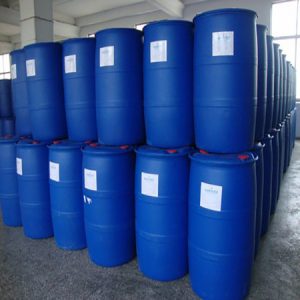
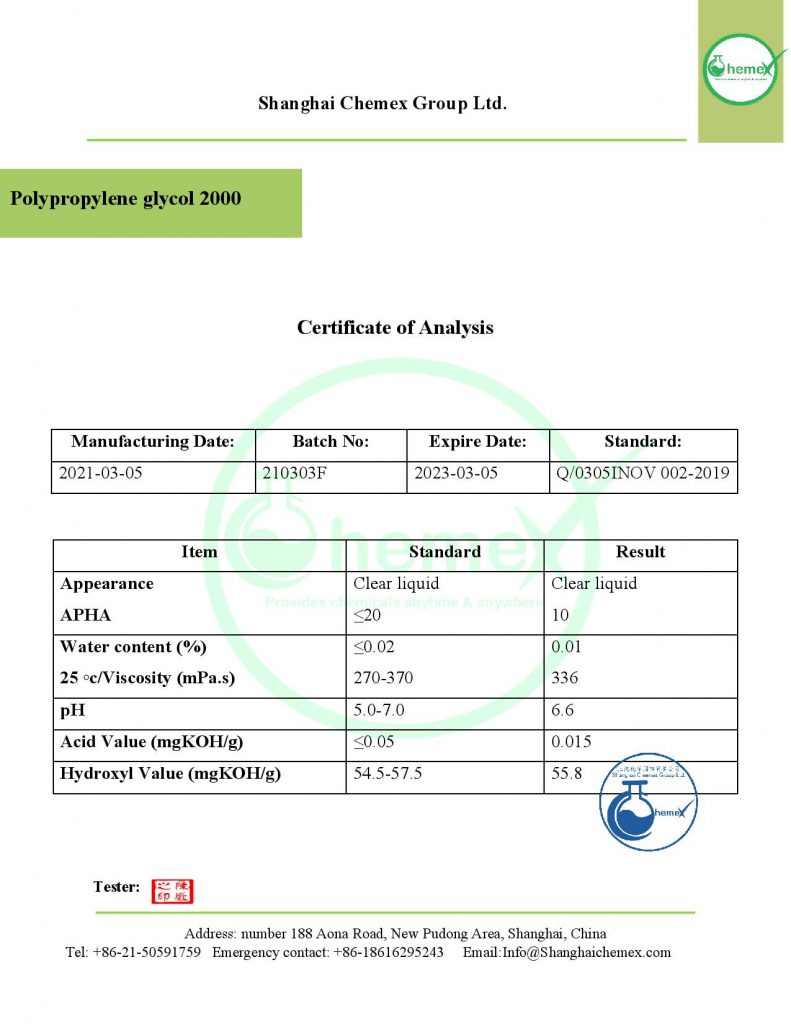
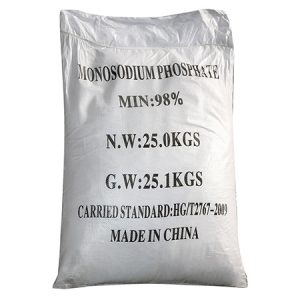
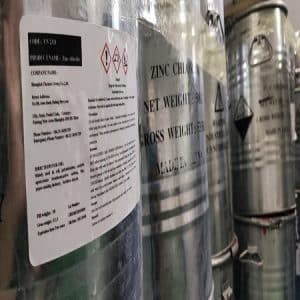
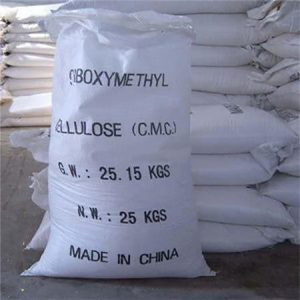
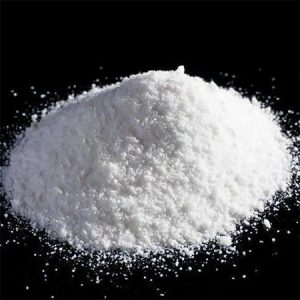
Reviews
There are no reviews yet.